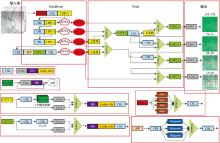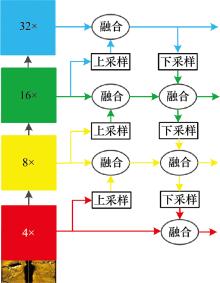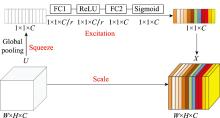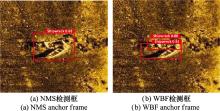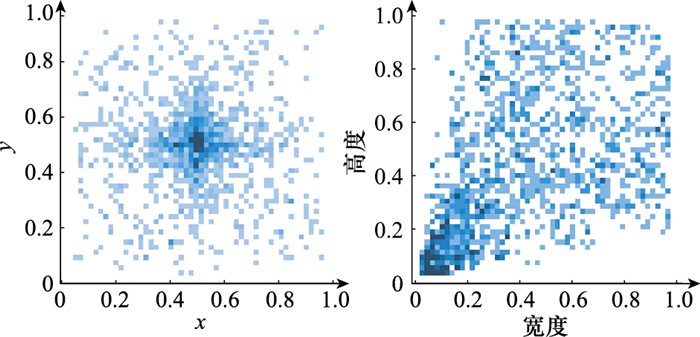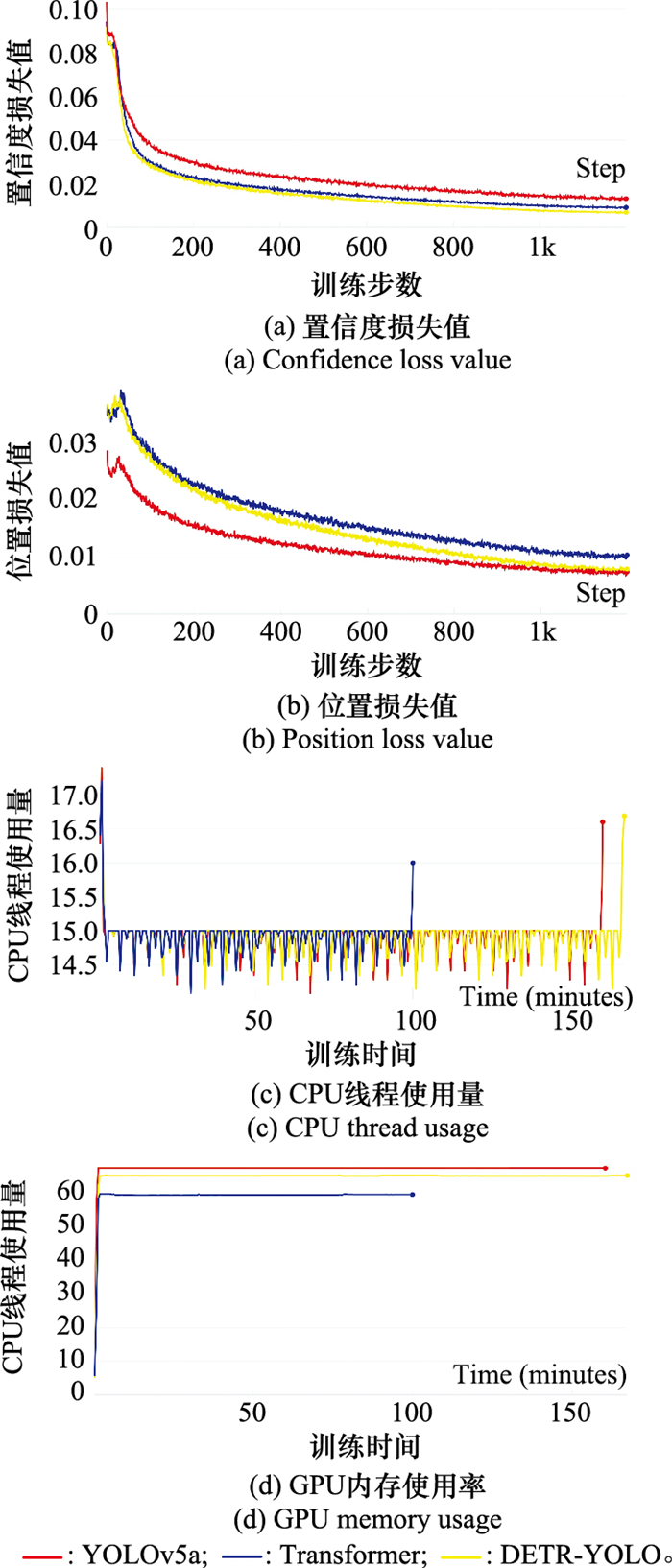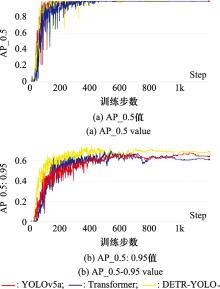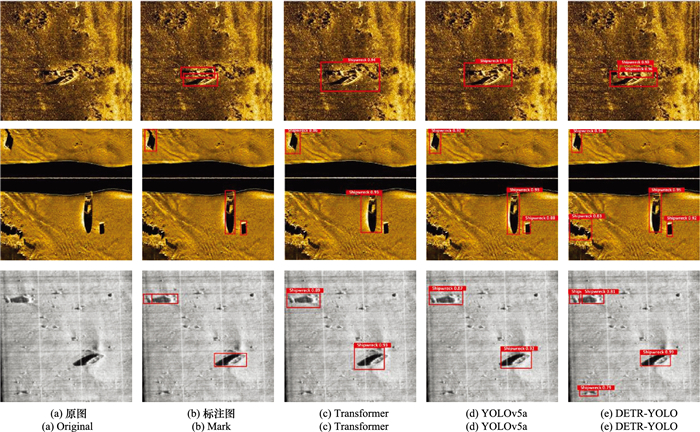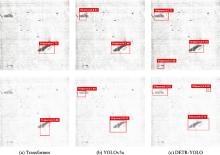| 1 |
LEHARDY P K, MOORE C. Deep ocean search for Malaysia airlines flight 370[C]//Proc. of the Ocean-ST. JOHN's, 2014.
|
| 2 |
王久, 曹敬涛, 卢秉武, 等. 水下目标探测项目设备应用和发展趋势[J]. 珠江水运, 2016, (11): 43- 44.
doi: 10.3969/j.issn.1672-8912.2016.11.021
|
|
WANG J , CAO J T , LU B W , et al. Underwater target detection project equipment application and development trend[J]. China Water Transport, 2016, (11): 43- 44.
doi: 10.3969/j.issn.1672-8912.2016.11.021
|
| 3 |
赵建虎, 李娟娟, 李萌. 海洋测量的进展及发展趋势[J]. 测绘信息与工程, 2009, 34 (4): 25- 27.
|
|
ZHAO J H , LI J J , LI M . Progress and future trend of hydrographic surveying and charting[J]. Journal of Geomatics, 2009, 34 (4): 25- 27.
|
| 4 |
陈正荣, 王正虎. 多波束和侧扫声纳系统在海底目标探测中的应用[J]. 海洋测绘, 2013, 33 (4): 51- 54.
doi: 10.3969/j.issn.1671-3044.2013.04.014
|
|
CHEN Z R , WANG Z H . Research on underwater target detection using side-scan sonar and multibeam sounding system[J]. Hydrographic Survering and Charting, 2013, 33 (4): 51- 54.
doi: 10.3969/j.issn.1671-3044.2013.04.014
|
| 5 |
王久, 周健. 侧扫声纳和多波束系统在失事沉船扫测中的综合应用[J]. 中国水运, 2010, 10 (8): 35- 37.
doi: 10.3969/j.issn.1006-7973-C.2010.08.020
|
|
WANG J , ZHOU J . Comprehensive application of side-scan sonar and multi-beam system in shipwreck survey[J]. China Water Transport, 2010, 10 (8): 35- 37.
doi: 10.3969/j.issn.1006-7973-C.2010.08.020
|
| 6 |
刘陈. 多波束系统、侧扫声纳与磁力仪在海底沉船探测中的比较分析[D]. 北京: 中国地质大学, 2015.
|
|
LIU C. The comparative analysis of multi-beam sounding system, side-scan sonar and magnetometer in the wreck detection[D]. Beijing: China University of Geosciences, 2015.
|
| 7 |
朱建军, 宋迎春, 胡俊, 等. 测绘大数据时代数据处理理论面临的挑战与发展[J]. 武汉大学学报(信息科学版), 2021, 46 (7): 1025- 1031.
|
|
ZHU J J , SONG Y C , HU J , et al. Challenges and development of data processing theory in the era of surveying and mapping big data[J]. Geomatics and Information Science of Wuhan University, 2021, 46 (7): 1025- 1031.
|
| 8 |
赵建虎, 王晓, 张红梅, 等. 侧扫声呐图像分割的中性集合与量子粒子群算法[J]. 测绘学报, 2016, 45 (8): 935- 942.935-942, 951
|
|
ZHAO J H , WANG X , ZHANG H M , et al. The neutrosophic set and quantum-behaved particle swarm optimization algorithm of side-scan sonar image segmentation[J]. Acta Geodaetica et Cartographica Sinica, 2016, 45 (8): 935- 942.935-942, 951
|
| 9 |
王晓. 侧扫声呐图像精处理及目标识别方法研究[D]. 武汉: 武汉大学, 2017.
|
|
WANG X. Research on precise processing of side scan sonar image and object recognition methods[D]. Wuhan: Wuhan University, 2017.
|
| 10 |
朱殿尧, 卞红雨. 侧扫声纳目标自动探测研究[J]. 吉林大学学报(信息科学版), 2008, 26 (6): 627- 631.
doi: 10.3969/j.issn.1671-5896.2008.06.014
|
|
ZHU D Y , BIAN H Y . Research of side-scan sonar target auto detection[J]. Journal of Jilin University (Information Science Edition), 2008, 26 (6): 627- 631.
doi: 10.3969/j.issn.1671-5896.2008.06.014
|
| 11 |
李海滨, 滕惠忠, 宋海英, 等. 基于侧扫声纳图像海底目标物提取方法[J]. 海洋测绘, 2010, 30 (6): 71- 73.
|
|
LI H B , TENG H Z , SONG H Y , et al. Technology on the extraction of seabed target based on high resolution side-scan sonar[J]. Hydrographic Survering and Charting, 2010, 30 (6): 71- 73.
|
| 12 |
阳凡林, 独知行, 吴自银, 等. 基于灰度直方图和几何特征的声纳图像目标识别[J]. 海洋通报, 2006, (5): 64- 69.
doi: 10.3969/j.issn.1001-6392.2006.05.010
|
|
YAN F L , DU Z X , WU Z Y , et al. Object recognizing on sonar image based on histogram and geometric feature[J]. Marine Science Bulletin, 2006, (5): 64- 69.
doi: 10.3969/j.issn.1001-6392.2006.05.010
|
| 13 |
吕良, 周超烨, 陈春, 等. 基于虚警函数的侧扫声纳水下目标实时检测方法[J]. 海洋测绘, 2013, 33 (4): 35- 38.
doi: 10.3969/j.issn.1671-3044.2013.04.009
|
|
LYU L , ZHOU C Y , CHEN C , et al. Real-time detection of underwater target using side-scan sonar based on false alarm function[J]. Hydrographic Surveying and Charting, 2013, 33 (4): 35- 38.
doi: 10.3969/j.issn.1671-3044.2013.04.009
|
| 14 |
朱殿尧, 卞红雨. 侧扫声纳目标自动探测研究[J]. 吉林大学学报(信息科学版), 2008, 26 (6): 627- 631.
doi: 10.3969/j.issn.1671-5896.2008.06.014
|
|
ZHU D Y , BIAN H Y . Research of side-scan sonar target auto detection[J]. Journal of Jilin University (Information Science Edition), 2008, 26 (6): 627- 631.
doi: 10.3969/j.issn.1671-5896.2008.06.014
|
| 15 |
陈强. 基于水声图像水下目标识别的技术研究[D]. 哈尔滨: 哈尔滨工程大学, 2012.
|
|
CHEN Q. Research-based underwater acoustic images underwater target recognition[D]. Harbin: Harbin Engineering University, 2012.
|
| 16 |
续元君. 水下目标探测关键技术研究[D]. 大连: 大连海事大学, 2011.
|
|
XU Y. Research on the key technologies of detection underwater[D]. Dalian: Dalian Maritime University, 2011.
|
| 17 |
汤寓麟, 金绍华, 边刚, 等. 侧扫声呐识别沉船影像的迁移学习卷积神经网络法[J]. 测绘学报, 2021, 50 (2): 260- 269.
|
|
TANG Y L , JIN S H , BIAN G , et al. The transfer learning with convolutional neural network method of side-scan sonar to identify wreck images[J]. Acta Geodaetica et Cartographica Sinica, 2021, 50 (2): 260- 269.
|
| 18 |
TANG Y L, JIN S H, BIAN G, et al. Wreckage target recognition in side-scan sonar images based on an improved faster R-CNN model[C]//Proc. of the International Conference on Big Data & Artificial Intelligence & Software Engineering, 2020: 348-354.
|
| 19 |
TANG Y L , JIN S H , BIAN G , et al. Shipwreck target recognition in side-scan sonar images by improved YOLOv3 model based on transfer learning[J]. IEEE Access, 2020, 8, 173450- 173460.
doi: 10.1109/ACCESS.2020.3024813
|
| 20 |
汤寓麟, 边少锋, 翟国君, 等. 侧扫声纳检测沉船目标的改进YOLOv5法[EB/OL]. [2021-09-01]. https://doi.org/10.13203/j.whugis20210353.
|
|
TANG Y L, BIAO S F, ZHAI G J, et al. Improved YOLOv5 method for detecting shipwreck target with side-scan sonar[EB/OL]. [2021-09-01]. https://doi.org/10.13203/j.whugis20210353.
|
| 21 |
VASWANI A, SHAZEER N, PARMAR N, et al. Attention is all you need[C]//Proc. of the Advances in neural Information Processing Systems, 2017: 5998-6008.
|
| 22 |
FEDUS W, ZOPH B, SHAZEER N. Switch transformers: scaling to trillion parameter models with simple and efficient sparsity[EB/OL]. [2021-09-01]. https://arXiv.org/abs/2101.03961.
|
| 23 |
PRANGEMEIER T, REICH C, KOEPPL H. Attention-based transformers for instance segmentation of cells in microstructures[C]//Proc. of the IEEE International Conference on Bioinformatics and Biomedicine, 2020: 700-707.
|
| 24 |
YANG F, YANG H, FU J, et al. Learning texture transformer network for image super-resolution[C]//Proc. of the Computer Vision and Pattern Ecognition, 2020.
|
| 25 |
CHEN H, WANG Y, GUO T, et al. Pre-trained image processing transformer[EB/OL]. [2021-09-01]. https//arXiv.org/abs/2012.00364.
|
| 26 |
ZHANG H, GOODFELLOW I, METAXAS D, et al. Self attention generative adversarial networks[C]//Proc. of the International Conference on Machine Learning, 2019: 7354-7363.
|
| 27 |
CHEN C F, FAN Q, PANDA R. Crossvit: cross-attention multiscale vision transformer for image classification[EB/OL]. [2021-09-01]. https//arXiv.org/abs/2103.14899.
|
| 28 |
CHEN C F, PANDA R, FAN Q. Regionvit: regional-to-local attention for vision transformers[EB/OL]. [2021-09-01]. https//arXiv.org/abs/2106.02689.
|
| 29 |
DOSOVITSKIY A, BEYER L, KOLESNIKOV A, et al. An image is worth 16×16 words: transformers for image recognition at scale[C]//Proc. of the Computer Vision and Pattern Recongnition, 2021.
|
| 30 |
CARION N, MASSA F, SYNNAEVE G, et al. End-to-end object detection with transformers[C]//Proc. of the European Conference on Computer Vision, 2020.
|
| 31 |
范习健, 李庆武, 黄河, 等. 侧扫声呐图像的3维块匹配降斑方法[J]. 中国图象图形学报, 2012, 17 (1): 68- 74.
|
|
FAN X J , LI Q W , HUANG H , et al. Side-scan sonar image despecking based on block-matching and 3D filtering[J]. Journal of Image and Graphics, 2012, 17 (1): 68- 74.
|
| 32 |
HELLEQUIN L , BOUCHER J M , LURTON X . Processing of high-frequency multibeam echo sounder data for seafloor cha-racterization[J]. IEEE Journal of oceanic Engineering, 2003, 28 (1): 78- 89.
|
